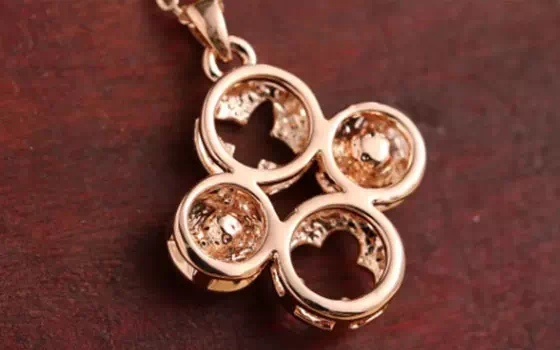Welcome to Shandong Zhishang Steel Co., Ltd.
Get a free quote quickly!
Lorem ipsum dolor sit amet, consectetur adipiscing elit. Donec id erat sagittis, faucibus metus malesuada, eleifend turpis. Mauris semper augue id nisl aliquet, a porta lectus mattis. Nulla at tortor augue. In eget enim diam. Donec gravida tortor sem, ac fermentum nibh rutrum sit amet. Nulla convallis mauris vitae congue consequat. Donec interdum nunc purus, vitae vulputate arcu fringilla quis. Vivamus iaculis euismod dui.
In the process of welding, cracks, pores or softened structures are easy to appear inside the molten core. Especially in the spot welding process of galvanized steel plate, if the welding specification is not reasonable, it may lead to some problems. First, some zinc and zinc-iron alloys may remain in the joint. These residues may form fine cracks or pores in the process of crystallization. This is because the high temperature during the welding process will cause physical or chemical reactions between zinc and zinc-iron alloys, which changes the physical properties of the molten core, making it more prone to cracks or pores. Secondly, if the residual zinc is more, it may also form softened tissue. This is because zinc reacts with the steel matrix during the welding process to form a zinc-iron alloy, which is lower in hardness and strength than steel, so it can lead to the softening of the molten core.
Alloy is a common material, but it has a disadvantage, that is easy to rust. In the process of wearing alloy jewelry, due to constant contact with oxygen and moisture in the air, the alloy will undergo chemical reactions, resulting in rust. If you do not take anti-rust measures, the alloy is particularly easy to rust. Therefore, in daily life, we must pay attention to the maintenance of the alloy to prevent rust.

Here are some suggestions for alloy maintenance:
1. avoid bumping: when wearing alloy jewelry, you should try to avoid collision between alloy and items with higher hardness. At the same time, do not randomly match high hardness jewelry for beauty, because it is easy to lead to alloy wear. It is best to use a single wear.
2. avoid exposure: When not wearing alloy jewelry, do not place it in a high temperature environment or in the sun. This will lead to the dull luster of the alloy surface, and the fading of the color will occur over time, affecting the beauty and value of the alloy.
3. avoid chemicals: When wearing alloy jewelry, it is best to avoid contact with facial cleanser, cosmetics, shower gel and other chemical products. Otherwise, a long time, easy to affect the surface color. Also, avoid contact with oil. When not wearing alloy jewelry, it should be properly put away.
Steel is an alloy, which belongs to the category of metal materials. Unlike single alloys and mixtures, steel is a structure composed of multiple alloying elements. After overheating or cold processing smelting, according to the required material, the required alloying elements can be added to form steel.
The chemical composition of steel can vary greatly. Steel that contains only carbon is called carbon steel or ordinary steel. In actual production, steel often contains different alloying elements according to different uses, such as manganese, nickel, vanadium and so on.
Alloy is a concept, usually refers to two or more kinds of metal elements or metal as a matrix to add other non-metallic elements through alloying process (such as melting, mechanical alloying, sintering, vapor deposition, etc.) and formed with metal properties of metal materials.
However, alloys may contain only one metallic element, such as steel. Steel is a general term for iron alloys with carbon content between 0.02% and 2.00% by mass percentage.
Here, we need to note that alloys are not mixtures in the general concept, and can even be pure. For example, in single-phase metal intercompound alloys, the added alloying elements can form solid solutions, compounds, and produce endothermic or exothermic reactions, thereby changing the properties of the metal matrix.
